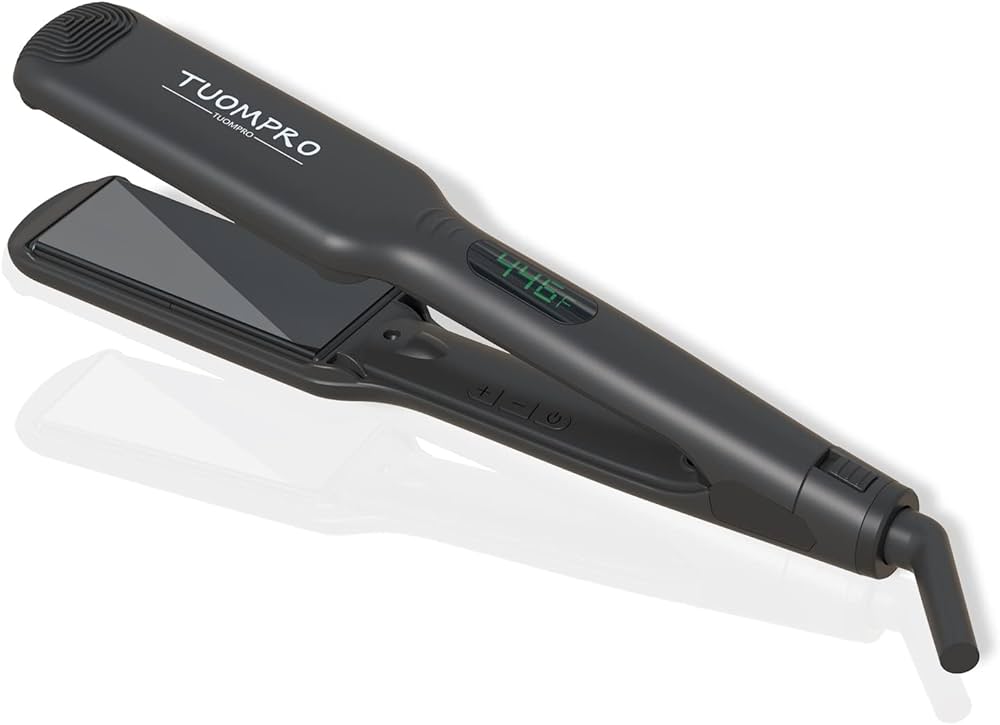Introduction:
Frizzy hair is a common concern for many, often turning a well-intended grooming session into a frustrating experience. Understanding why your hair gets frizzy when you brush it involves multiple factors, including hair type, environmental conditions, and the tools and techniques you use. Gaining insight into these elements can help you manage and minimize frizz, ultimately achieving smoother, healthier-looking hair.
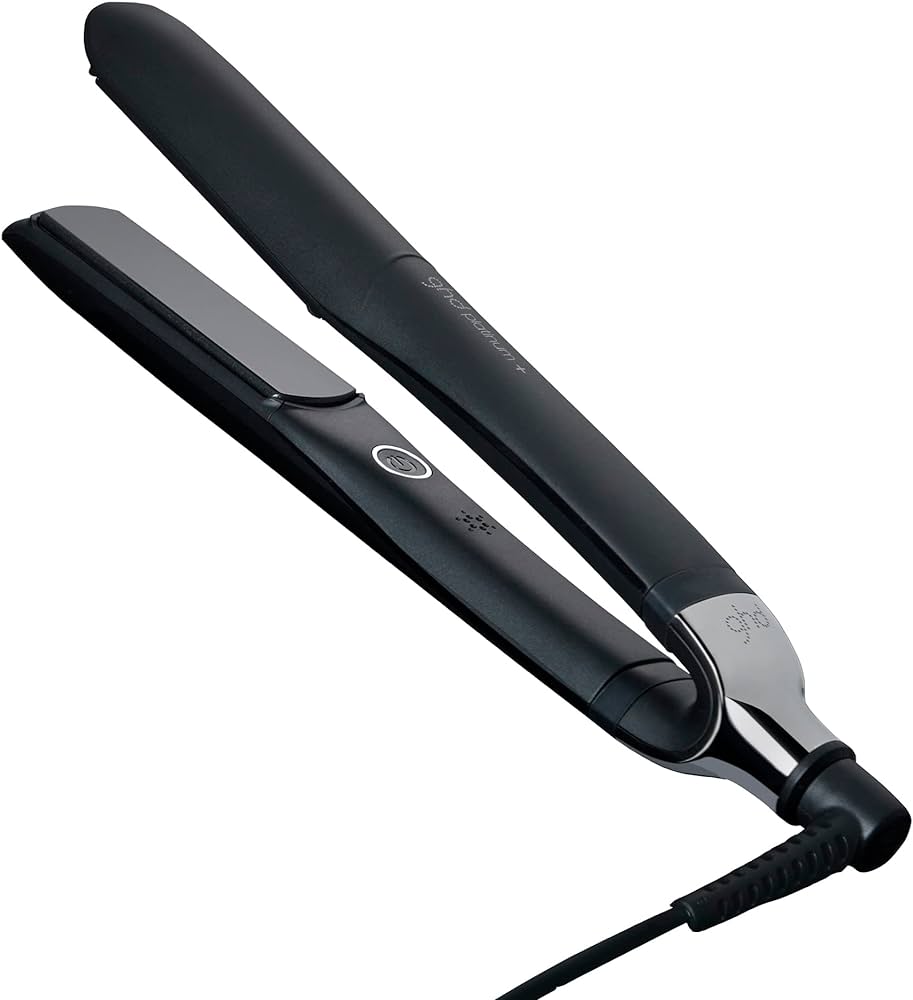
Why Does My Hair Get Frizzy When I Brush It?
The Science Behind Frizz
To understand why hair gets frizzy, it’s essential to recognize the underlying science. Hair frizz is primarily caused by variations in the hair cuticle, environmental moisture, and the hair’s internal structure.
Hair Cuticle: The hair cuticle is the outermost layer of the hair shaft, comprising overlapping cells that resemble shingles on a roof. When the cuticle is smooth and lies flat, hair appears shiny and smooth. When these cells lift or become disrupted, hair looks frizzy. Brushing can agitate the cuticle, exacerbating frizz.
Hydrogen Bonds: Hair forms hydrogen bonds with water molecules in the environment. When there is excess humidity, the hair absorbs moisture, causing these bonds to break and reform. This makes the hair shaft swell and cuticle cells lift, leading to frizziness.
Static Electricity: Brushing generates friction, which contributes to static electricity in the hair. This causes individual hair strands to repel each other, resulting in a frizzy appearance. Dry air and synthetic materials exacerbate this effect.
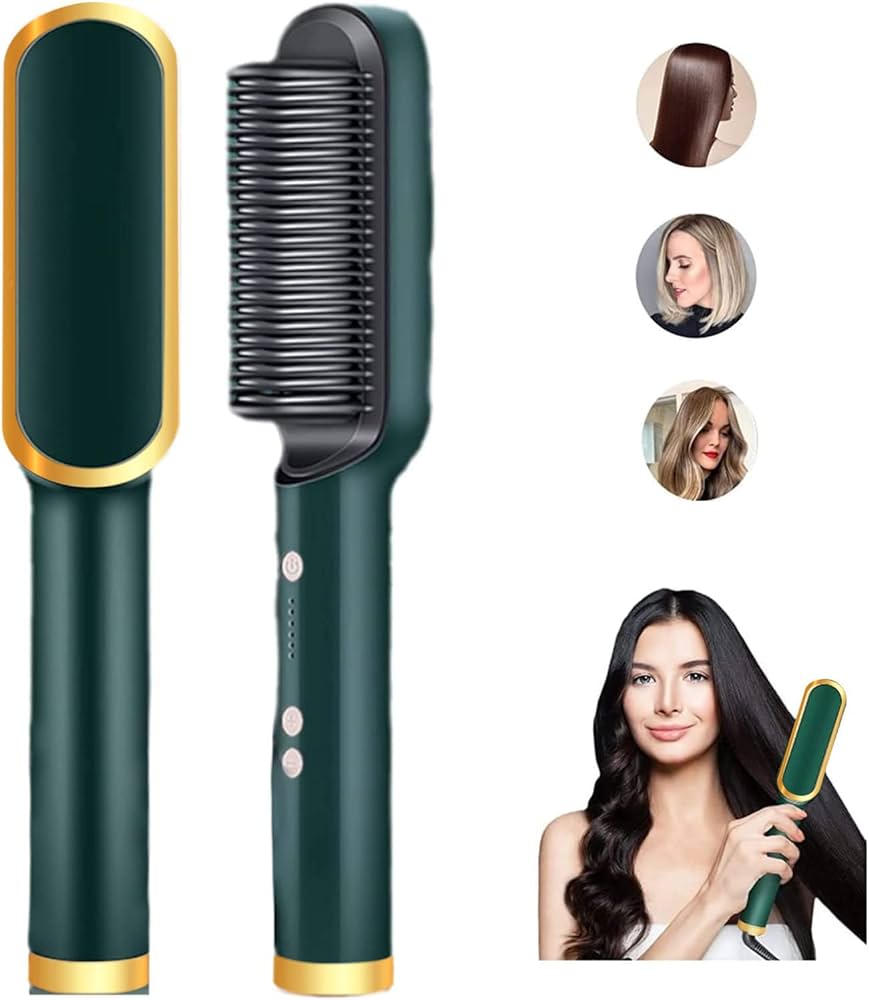
The Role of Hair Type
Hair type plays a significant role in how likely hair is to become frizzy when brushed. Different hair types react in unique ways to brushing and environmental conditions.
Curly Hair: Curly hair is highly susceptible to frizz because its structure makes it more difficult for natural oils to travel down the hair shaft. Brushing disrupts the curl pattern and lifts the cuticle, making curls frizzy and undefined.
Wavy Hair: Wavy hair tends to be less frizzy than curly hair but can still experience frizz, especially in humid conditions. Brushing wavy hair might straighten the waves temporarily but also creates frizz by disrupting the hair structure.
Straight Hair: While generally less prone to frizz, straight hair can still become frizzy if it is dry or damaged. Brushing straight hair can exacerbate frizz if it lacks moisture or is exposed to dry, static-prone environments.
Environmental Factors
Environmental conditions significantly impact hair frizz. Understanding these factors can help you take preventive measures to minimize frizz.
Humidity: High humidity levels cause hair to absorb moisture from the air, disrupting hydrogen bonds and making the cuticle swell and lift. This process leads to frizz, particularly in curly and wavy hair.
Dry Air: Dry, cold air increases frizz by generating static electricity. The lack of moisture in the air causes the hair to be prone to static and flyaways, leading to a frizzy appearance.
Pollution and Dust: Environmental pollutants and dust can settle on the hair, making it more difficult to brush smoothly. Particles can stick to the hair shaft, increasing friction and frizz.
Wind: Windy conditions can cause tangling and knotting, which leads to more frizz when you attempt to brush it out. The constant movement and friction lift the cuticle, resulting in frizz.
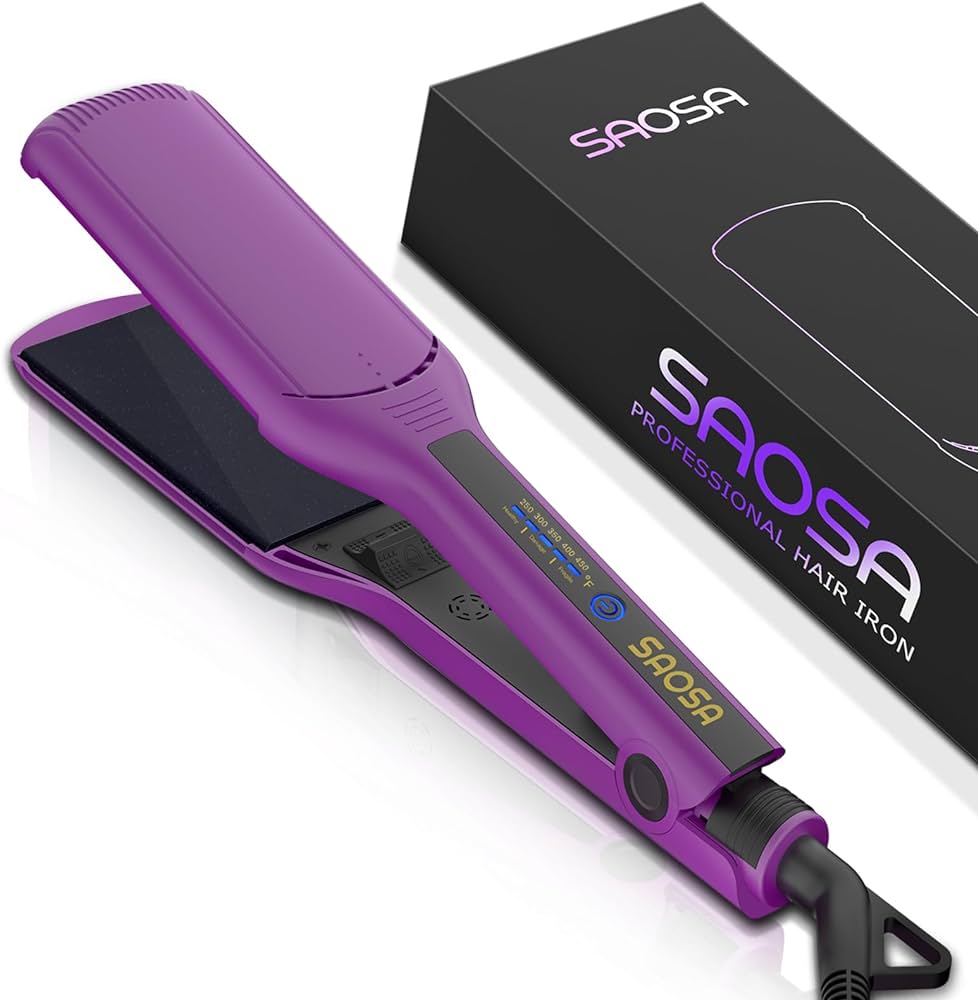
Brushing Techniques
How you brush your hair can make a considerable difference in controlling frizz. Proper techniques can help minimize damage and reduce the likelihood of frizz.
Start from the Ends: Begin brushing from the ends of your hair, gradually working your way up to the roots. This method reduces tugging and breakage, which can contribute to frizz.
Use a Wide-Tooth Comb: For detangling, especially on wet or curly hair, a wide-tooth comb is gentler and less likely to break hair. It helps reduce friction and maintain the hair’s natural structure.
Avoid Over-Brushing: Over-brushing can lead to cuticle damage and increase static electricity, both of which contribute to frizz. Limit brushing to what’s necessary for detangling and styling.
Brush in Sections: Divide your hair into sections before brushing. Working in smaller sections allows more control and reduces the chances of causing frizz by pulling against tangles.
Choosing the Right Tools
The tools you use to brush your hair can either contribute to or help control frizz. Selecting the right brush or comb is crucial in your hair care routine.
Boar Bristle Brush: Boar bristle brushes are excellent for distributing natural oils from the scalp throughout the hair. This helps moisturize and smooth the hair, reducing frizz.
Detangling Brush: Specifically designed detangling brushes are gentle on hair and effective at removing knots without causing breakage and frizz. They usually have flexible bristles that glide through hair smoothly.
Anti-Static Brush: Anti-static brushes have special bristles or coatings that help minimize static electricity, a common cause of frizz. They are particularly useful in dry environments.
Natural Materials: Brushes made from natural materials like wood and boar bristles tend to generate less static compared to plastic brushes, making them a better choice for reducing frizz.
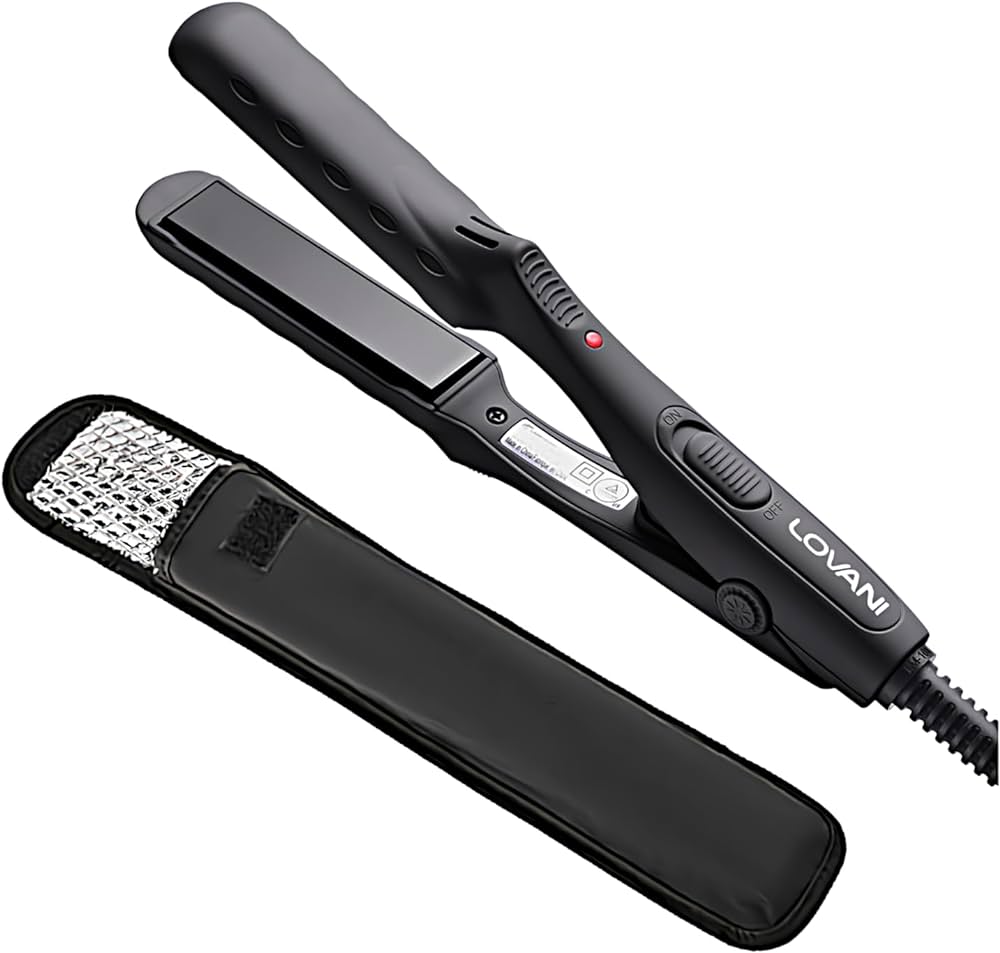
Hair Health and Maintenance
Maintaining overall hair health is crucial in preventing frizz. A healthy hair care routine can make hair more resilient and less prone to frizz.
Hydration: Keeping your hair well-hydrated is essential. Use moisturizing shampoos and conditioners, and apply leave-in conditioners or hair masks regularly to maintain moisture levels.
Regular Trims: Split ends and damaged hair are more prone to frizz. Regular trims help prevent and remove damaged ends, keeping hair looking smooth and healthy.
Heat Protection: Heat styling tools can damage the cuticle and contribute to frizz. Always use a heat protectant spray before using blow dryers, straighteners, or curling irons.
Natural Oils: Applying natural oils like argan oil, coconut oil, or jojoba oil can help tame frizz and add shine. These oils seal the cuticle and provide a protective barrier against environmental factors.
Product Recommendations
Using the right hair products can significantly reduce frizz when brushing. Incorporating specific products into your hair care routine can make a noticeable difference.
Leave-In Conditioner: Leave-in conditioners provide lasting moisture and reduce friction during brushing. They help detangle hair and smooth the cuticle, minimizing frizz.
Anti-Frizz Serum: Anti-frizz serums coat the hair shaft, smoothing the cuticle and providing a protective layer against humidity and static. Apply a small amount to damp or dry hair before brushing.
Heat Protectant Spray: Before using any heat styling tools, apply a heat protectant spray to prevent damage that can cause frizz. Look for products that offer thermal protection and moisturizing benefits.
Sulfate-Free Shampoo: Sulfates can strip natural oils from the hair, leading to dryness and frizz. Use sulfate-free shampoos to maintain the hair’s moisture balance and reduce frizz.
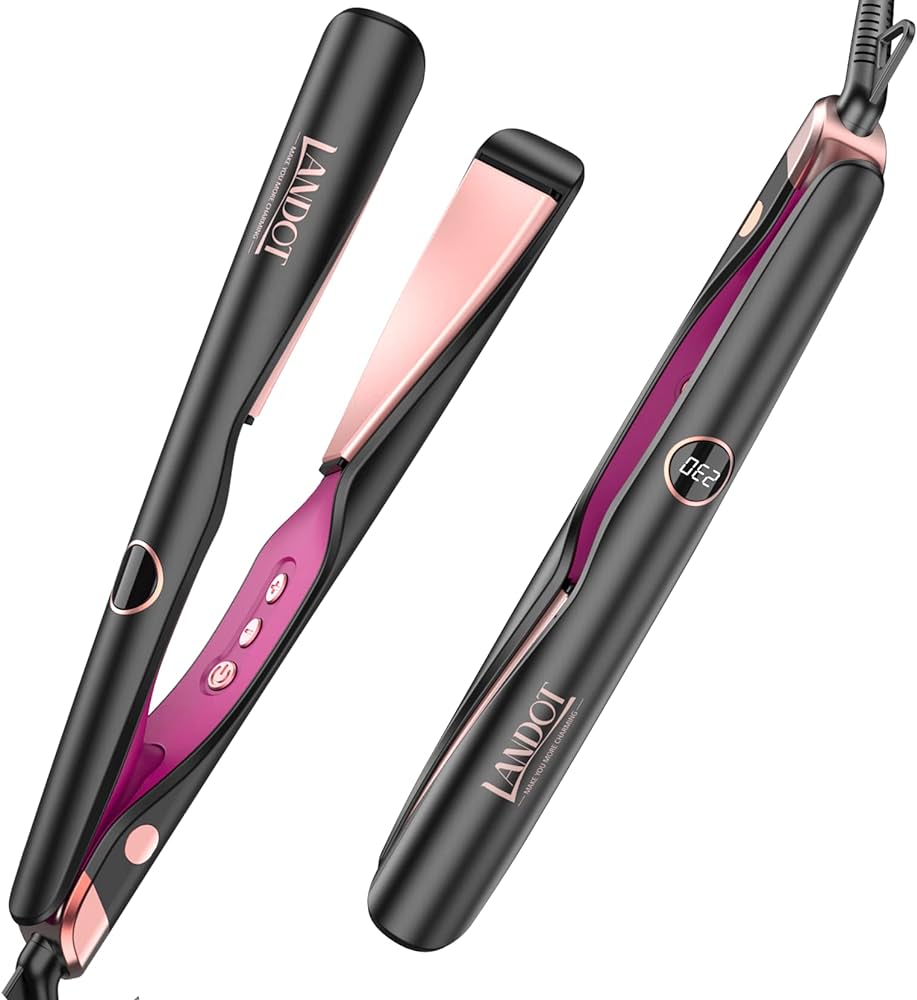
Preventative Measures
Taking proactive steps can help in preventing frizz before it starts. Incorporate these tips into your routine to keep frizz at bay.
Towel Drying: Avoid rough towel drying, which can lift the cuticle and cause frizz. Instead, gently squeeze out excess water with a microfiber towel or soft cotton T-shirt.
Sleeping on Silk: Silk or satin pillowcases reduce friction against the hair while you sleep, preventing tangles and frizz. Alternatively, you can use a silk or satin hair wrap.
Humidity Control: Use a dehumidifier in high-humidity environments to control moisture levels in the air. This can help prevent hair from absorbing excess humidity and becoming frizzy.
Cool Water Rinse: Finish your hair washing routine with a cool water rinse. Cool water helps seal the cuticle, making the hair shaft smoother and less prone to frizz.
Conclusion
Understanding why your hair gets frizzy when you brush it involves considering factors such as hair type, environmental conditions, brushing techniques, and the tools you use. By recognizing that frizz is primarily caused by disruption to the hair cuticle and using appropriate tools and techniques, you can manage and minimize frizz effectively. Hydration, using the right products, and taking preventative measures are crucial in maintaining smooth, healthy hair. Integrating these insights and best practices into your hair care routine can help you achieve a frizz-free, beautiful mane, regardless of the conditions.
